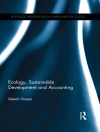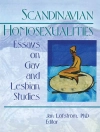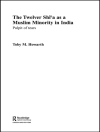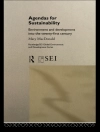Alaska Travels offers an exquisite tapestry weaving together vivid tales and reflections of the natural world, capturing the untamed spirit and grandeur of the Alaskan wilderness. The collection spans a range of literary styles, from descriptive narratives to poignant recollections, each piece contributing to the overarching theme of exploration and connection with nature. Readers will find diversity and depth within these pages, where wilderness adventures, introspective musings, and encounters with the sublime coexist to celebrate the complex and often humbling experiences in this vast northern frontier. The anthology benefits from the rich perspectives of contributors like John Muir, whose profound influence as a naturalist echoes through his careful observations of Alaska’s landscapes. Alongside him, S. Hall Young brings unique insights from his deeply personal journeys, offering readers a glimpse into a bygone era of exploration. Together, these authors capture the essence of a region at the crossroads of tradition and change, mirroring historical and cultural shifts within their movements. This collection stands as a testament to the enduring allure of Alaska, where diverse voices converge to illuminate the relationship between humans and nature. Alaska Travels invites readers to embark on a captivating journey, exploring the multiplicity of perspectives that enhance the understanding of humanity’s place in the natural world. This anthology is an indispensable resource for those who crave not only adventure but also a deeper comprehension of the dialogues that emerge between varied experiences and interpretations. Dive into these pages to discover insights that transcend mere observation, inviting reflection and dialogue on the broader human condition within the stunning, timeless backdrop of the Alaskan wild.
About the author
John Muir (1838–1914) was a Scottish-American naturalist, author, environmental philosopher, and early advocate for the preservation of wilderness in the United States. His writings are a rich blend of natural observation, poetic prose, and advocacy for the natural world. Born in Dunbar, Scotland, Muir immigrated with his family to the United States in 1849, settling in Wisconsin. He attended the University of Wisconsin and later embarked on a series of explorations that would cement his legacy as one of America’s most influential conservationists. Muir’s passionate accounts of the natural world, especially his ‘Alaska Travels, ‘ display his reverence for the pristine landscapes and the importance he placed on maintaining them for future generations. His writing, laced with both scientific detail and personal anecdotes, evokes a sense of wonder and encourages a deeper connection with nature. Muir’s contributions were pivotal in the creation of the National Park Service, and his advocacy led to the preservation of many natural areas, including Yosemite Valley and Sequoia National Park. His literary style varies from lyrical and contemplative to urgent and persuasive, reflecting his dedication to the causes he held dear. ‘Alaska Travels’ and his other works remain an inspiration for conservationists and nature lovers. Muir’s legacy is honored by the John Muir Trail, the 211-mile hiking trail in the Sierra Nevada, and his influence on environmental policy and conservation movements endures to this day.












